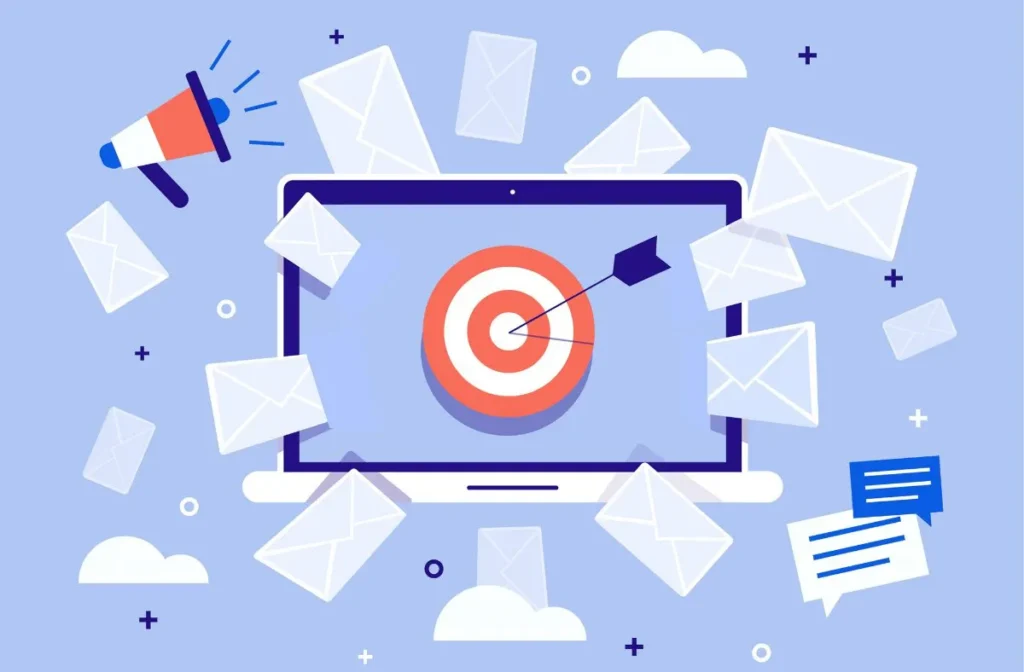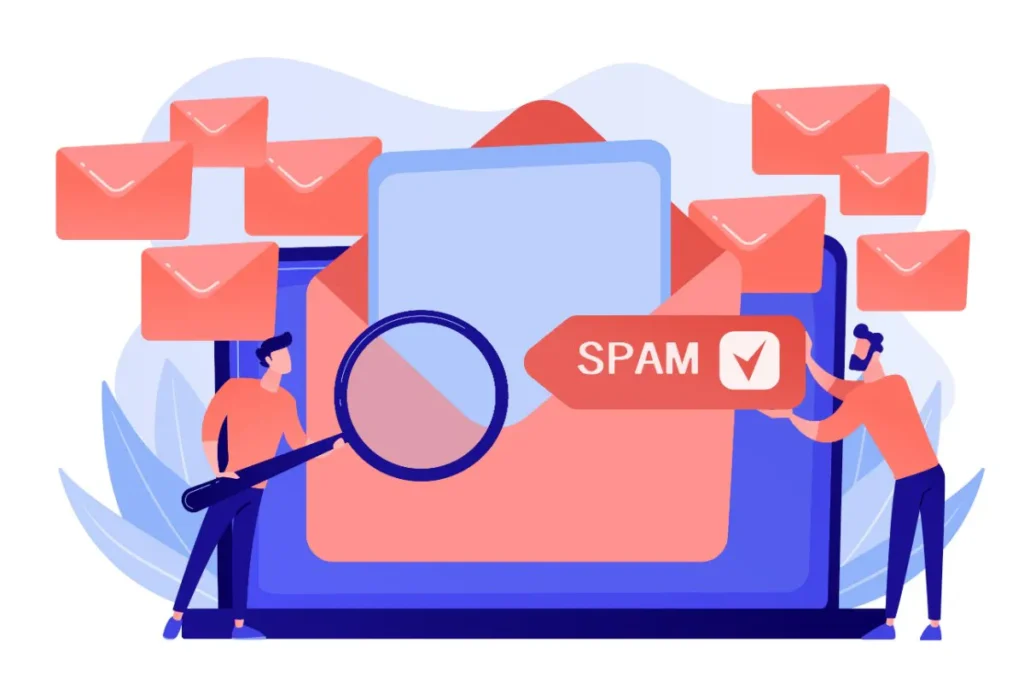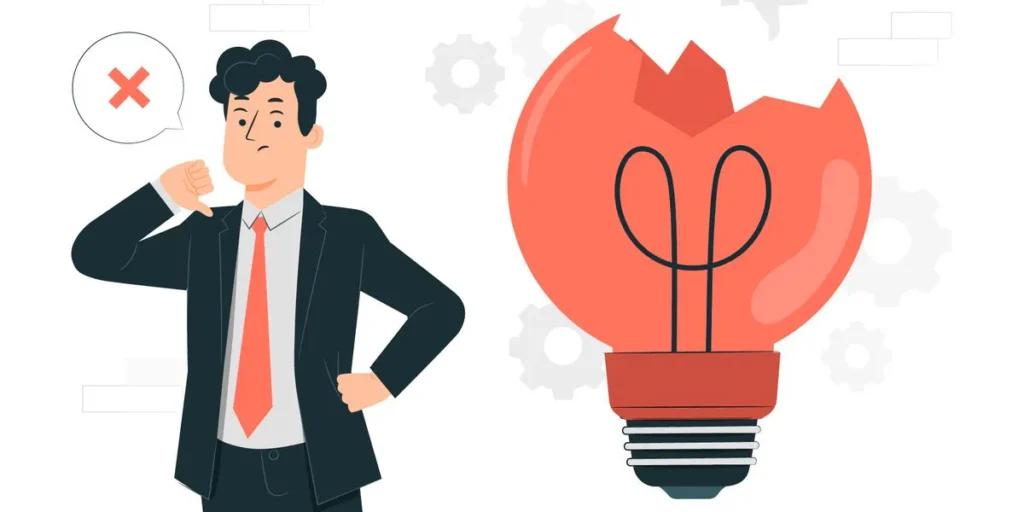How to Send Cold Email Campaigns
What is Cold Email Marketing?
Email marketing is the most used marketing technique among marketers that is used to reach out to the customers and also potential customers. There are many benefits to using cold emailing as a marketing method.
Cold emailing is the act of sending email (or several emails) to the potential leads, the people that you think that might be your customers in the future, for the first time. Marketers write a cold email to reach out to someone that they have no prior contact with before.
Why Use Cold Emailing?

There are so many benefits to sending cold emails to reach out to your prospects. You can check out our blog post about write a cold email that sells to know more about why we should be using cold emails as our main marketing strategy in today’s age.
To give a brief summary, cold emails are scalable. You can send many at the same time and reach out to a group or people in your target audience – compared to cold calling, where you have to take time to make sure that you call your prospects one by one.
Another aspects of cold emails are that they are convenient for both the prospect and you, as well as being less annoying than cold calling and really any other types of marketing techniques. We see cold calling as “out” nowadays, as it is considered a bit too intrusive to reach out to someone’s phone number rather than their emails that can be up online anywhere.
Social media marketing on the other hand uses content promotion strategy to reach out to the customers, however it might get annoying quite easily when people would like to chill in their own time and not be bombarded by advertisements every single second.
Is Cold Emailing Illegal?
Before you start your first cold email campaign, it is best to know the regulations and all that goes under the legal side of things. Whether cold emails are illegal or not depends on many different factors, and it is best to know them before you get into starting a cold email marketing campaign.
So many people might also think that a cold email is considered to be spam, but it is not if you can avoid the spam folder and create a successful cold email. Though, in some cases, it could be spam. Check out here for more information on whether cold emails are spam or not with everything regarding CAN-SPAM act.
How to Send Successful Cold Email Campaigns
Starting from the name you use in your cold emails, your subject lines, first lines, the email body – everything is an effect on the sender reputation.
If you can manage to write an effective cold email, your email marketing campaigns can up your strategies easily. So let’s take a look at how we can write a successful cold email.
1. Find your target audience

Before you do anything else, it is best to know why you are writing this cold email. Knowing your aim will help you get a basic idea about the types of customers that you would like to reach out to for your cold emails.
Once you’ve got that, next is to find the prospects that might need your product or service.
Know that this is a cold email and that you are not trying to sell anything just yet. You are simply reaching out, just saying “hi”, letting your prospect know that you exist and maybe create another opportunity in which you can get to know them better through this cold email.
To find the best possible customers for you and your company, you should have an idea about your ideal customers for your cold emails. It is a great cold email strategy to know your customers beforehand, basically, “doing your homework” about them by getting to know what they are working on, what their projects are etc.
2. Create a cold email outreach signature

In your whole cold email campaign, your signature will be seen at the end of your cold email. It is kind of like creating a little branding part at the very end of your emails that your prospects can see.
The idea is that you want to have a set type of way that you reach out to your customers and that make it all look more professional. Cold email outreach is in itself usually used as a professional way of marketing. So using a cold email signature is a good idea for your cold email strategy.
3. Write a compelling subject line

Writing a cold email is one of the best ways to reach potential customers and clients. But before they open your email, you need to grab their attention with a compelling subject line. We see people making the worst mistakes when it comes to writing cold email subject lines, which eventually lead these cold emails into spam folders.
And writing a compelling cold email subject line can be a challenge, but it’s an essential part of getting your email read.
Your subject line should be direct and concise, and it should grab the reader’s attention. It should also be related to the content of your email so that the reader knows what to expect. Try to avoid using generic phrases like “Important message” or “Please read” as they are not likely to be effective to pass through the spam filters. Instead, use specific words that will resonate with the reader and make them curious.
Ask a question, make a statement, or use a clever pun to engage the reader. It’s also important to make sure that your subject line is relevant to your recipient, as this will increase the chances that they’ll open your email. With some creativity and practice, you can craft a winning subject line that will help you get your message across.
To give an easier-to-read way of all this, let’s list a few tips to help you write an effective subject line:
– Keep it short and sweet.
– Make it intriguing without being deceptive or misleading.
– Personalize it with the recipient’s name or company.
– Ask a question that encourages them to open the email.
– Include a benefit or show interest in your prospect to convince them to open the email.
– Leverage key words that will stand out in their inbox.
By following these tips, you should be able to craft an eye-catching subject line that encourages recipients to open your email.
4. Create a first line that stands out

A first line in cold email outreach is as important as the cold email subject line, as it will also be visible to your prospect on the main page of the inbox.
Showing a bit of interest in your prospect, their projects, their work is actually making you take a huge leap towards your goals regarding that specific person because you can mention these in your first line and show that you are interested in them as a person and not just anyone that you are trying to sell something.
Showing this type of genuine interest in your first lines and sometimes even in your subject lines can help you build bridges for your business.
This is one of the many reasons why we recommend using cold emails compared to other ways of marketing because in its core, marketing is creating a win-win situation both for the sender and the recipient of these cold emails.
That’s why you have Nureply to work with you in your marketing journey for taking your business or company to the next level. We offer solutions that help you immensely with your marketing strategies and add value to your cold email marketing techniques – which brings us to our next point.
5. Add value to your cold email

Before you even started writing your email we talked about why it is important to know you are writing this email to that specifi person and no one else. You must have a reason, other than finding someone just because you got their email address.
Basically, find pain points of your prospects and mention at least one pain point in your cold email to show your prospect that you can help them with some problem they are facing or might face in the future.
This is a good idea to teach sales teams as the main idea should be about helping people with possible setbacks in their work life rather than sending sales emails left and right to sell something and move on.
Write cold emails in such a way that you actually add value to your prospects’ time and life. Otherwise you are writing cold email spam that is there to make your prospect buy, buy, buy things. Remember that cold emails are not marketing emails. They can be used for gathering info about your customers of the future but essentially, it is to simply reach out.
6. Write your call to action

A call-to-action is an essential part of any marketing campaign. It is the part of the message that tells your audience what you want them to do next. To be successful, a call-to-action must be both clear and compelling. Here are a few tips for writing a compelling call-to-action:
– Keep it simple: Your call-to-action should be concise and to the point. Use as few words as possible.
– Use action words: Words like “let me know,” “reach out,” or “schedule a meeting” can help inspire action.
– Make it urgent: Add a sense of urgency by including words like “now” or “today.”
– Offer value: Offer a way that you can help your future customers to encourage people to take action.
– Be creative: Get creative with your wording to make your call-to-action stand out from the crowd.
By following these tips, you can create a call-to-action that will capture your audience’s attention and motivate them to take action.
7. Sign off

Cold emails are often sent with the hope that they will be opened and read by the recipient. The sign-off at the end of a cold email can make a big difference in whether or not it gets read.
Using the same type of sign-off can feel easier, yes, but changing things up a little bit by using different ways of saying goodbye to your prospect can be good for cold email marketing. Makes you feel less like a robot and more like a real person when you add a bit of change here and there.
8. Plan your follow up email sequence

Your prospects that you send your cold emails to can be busy people. And if you are sending a message to a busy person they will most likely miss it or won’t have the urgency to make time for a new person (you).
After you have sent your initial email and are sure that your prospect has missed it, it is the time to send another one to remind them of what you can offer.
Some people are convinced about giving you chance at the 6th or 7th follow up! So send follow ups to get your prospect’s attention but make sure that you know how to send follow ups and when to send them to not get annoying like a cold call.
If you’d like an easy way to set when to send them, you can get yourself a cold email tool that can be helpful with cold outreach and can send follow up emails in the order you choose to send them with automated follow ups.
Make sure that you are not sending them as mass emails as usually that get get you caught in the spam trap.
So send cold emails and also follow up emails to support your cold email outreach and create an amazing campaign for your business or company.
How to Know if it’s a Successful Cold Email Campaign

Both cold email open rates and cold email response rates are important metrics to check on to see if there is anything that you can fix in your cold email campaign.
Let’s dive into it and understand where these terms are coming from to understand the whole concept of the success of a cold email.
What is a good open rate for cold email?
Cold email open rates are basically the number of different people who have opened your cold email. These are the people that you could charm with your cold email subject line and the beginning of your first line. It is a social proof that you have done well.
If you can get the half of the people to open your cold email, then that makes about 50%! That is a huge number and basically, the more the merrier.
What is the average cold email response rates?
Response rates, on the other are how many people -from the ones that has opened your email- has responded to it by completing the action you have demanded of them in your CTA.
You would want your response and open rates to be relatively close to one another as it means that not only the subject line and the first line but the whole email you got there with the body and the CTA and all is good and can get people to recognize you.
The avarage can change immensely but usually it is around 5%. These include the untargeted cold emails, so should aim for way higher than that.
Cold Emailing Campaign Tips

Write catchy cold email subject lines and first lines
As we have mentioned before, using a successful subject line and first line in your cold email outreach is what is going to get you higher open rates, which can eventually lead to conversion rates. If you can manage to increase your conversion rates then is smooth sailing from then on.
Those next parts can only be avaliable to you once you ahve gotten your cold email opened and that is only possible with writing amazing subject lines, as well as first lines. Depending on what you are looking for, the way that you can use your subejct lines can change.
If you are looking for B2B subject lines check out this blog post, and if you would like a few ideas and examples on general subejct lines check out this one.
Use cold email platforms or a cold email tool
When it comes to cold emailing, choosing the right software can make a big difference to your success. The right software or the write email marketing tools can help you automate tasks, save time, and ensure your emails are delivered effectively.
With so many options available, it’s important to do your research and figure out which software is the best fit for your needs. By investing the time to find the best cold email software, you can ensure that you are sending emails that get results and will be well worth the effort in the long run.
Most cold email platforms provide many features at once. You can check out our blog post here to get a basic idea about how a cold email software or platform can work.
Another thing to keep in mind is that with the increasing usage of AI, now it is available to use AI in cold emails and use them accordingly with the purpose you have in mind.
Personalize your cold emails

Personalization is one of the most important aspects of cold email marketing. Targeted, or personalized emails can increase the chances of your email getting opened by up to 50%. So use email personalization or prefer cold email tools that offer personalization in your cold email marketing.
Avoid the spam folder

Once you are in the spam folder, it is so hard to get out. Do not use email templates, any spam-triggering word, and make sure you use personalization to avoid getting marked as spam to up your game in cold email marketing.
Check email deliverability
Invalid email addresses are a huge waste of time when it comes to your cold campaign because the cold emails that you are sending out will not be reaching out to your target audience.
Do not use cold email templates

We always recommend NOT using cold email templates to make sure that you are reaching out to the right people and the target audience of your choosing. Cold email templates tend to limit you in writing and the creativity and can even make you feel a bit spammy, which is something you would definitely like to avoid.
For more info of the bad sides of using cold email templates on cold outreach, check out our blog post.
End your cold email properly
Knowing how to end your cold emails can be of huge help as sometimes people can skip some parts of cold emails and not read it all but usually they do read the very end and that’s where you can make sure that they will focus on once you have gotten them to open the email.
So write a good ending to your email and expect more conversion rates.
Write follow ups
After you have send cold emails to your prospects, some of them simply won’t answer or miss that cold email. What you can do is to make sure that you send follow ups to the same contact and make sure that you show you are truly interested in them and not just those that you can get an easy access to.
Conclusion
In conclusion, creating successful cold email campaigns requires careful planning, thoughtful execution, and ongoing monitoring. By understanding the target audience, crafting an effective message, and utilizing the right tools and techniques, marketers can ensure that their cold email campaigns are successful. Cold email campaigns can be a powerful way to reach potential clients, but they must be done right in order to be effective. With the right approach, marketers can create campaigns that are both effective and compliant with email regulations.


